Hyperconjugation is defined as No bond resonance. The concept of hyperconjugation arose from the discovery of electron releasing pattern for alkyl groups. It involves σ electrons of C-H bond. Greater the number of C-H bond (α-hydrogen atom w.r.t. double bond) more will be hyperconjugative structures, more will be stability Heat of hydrogenation of alkene are affected by hyperconjugative effects.
Which of the following has highest heat of hydrogenation?
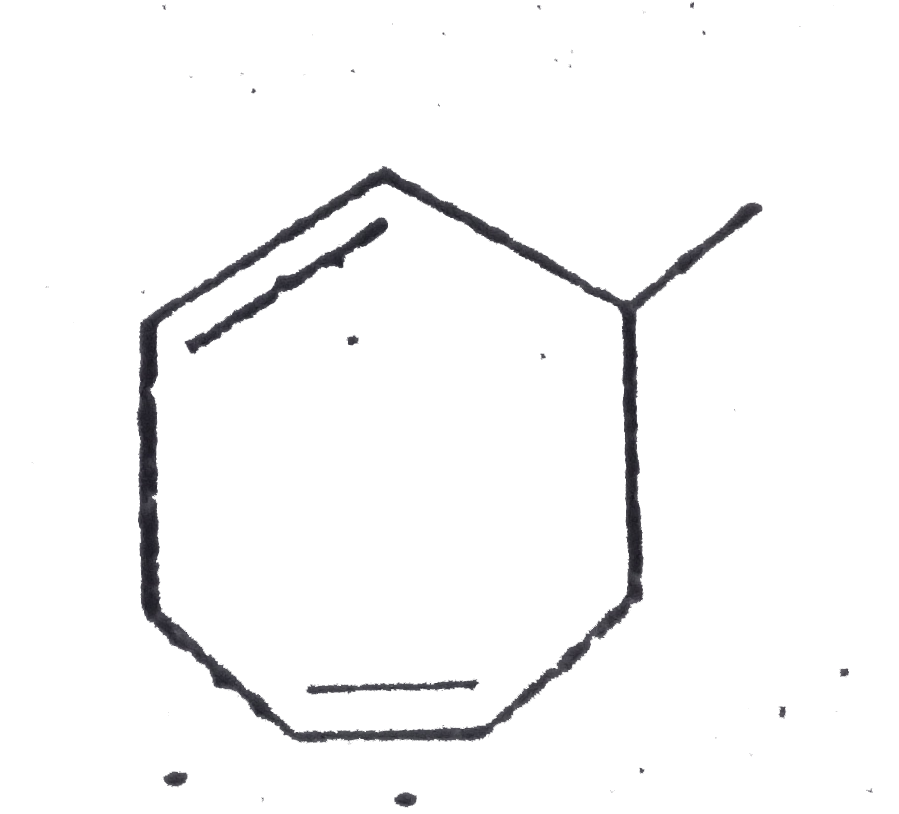
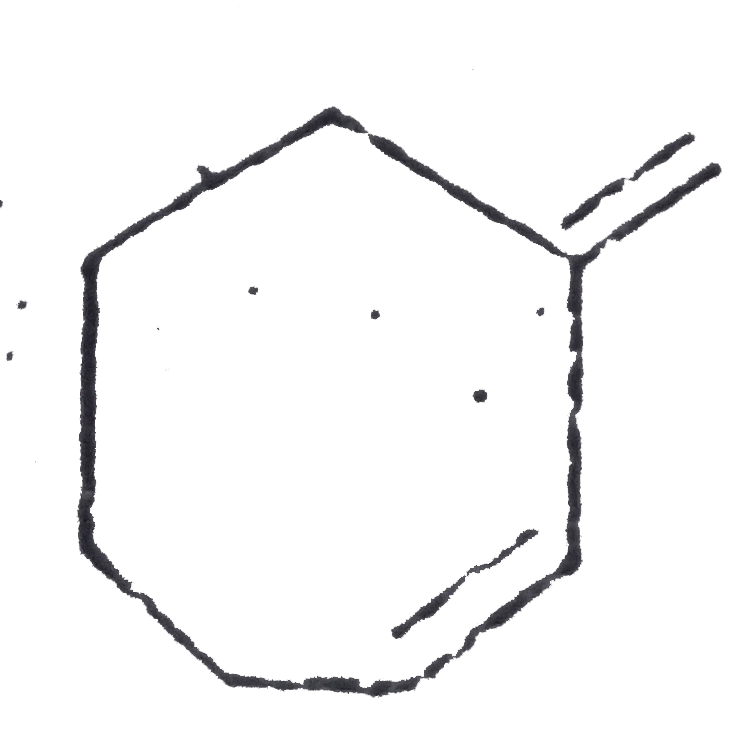
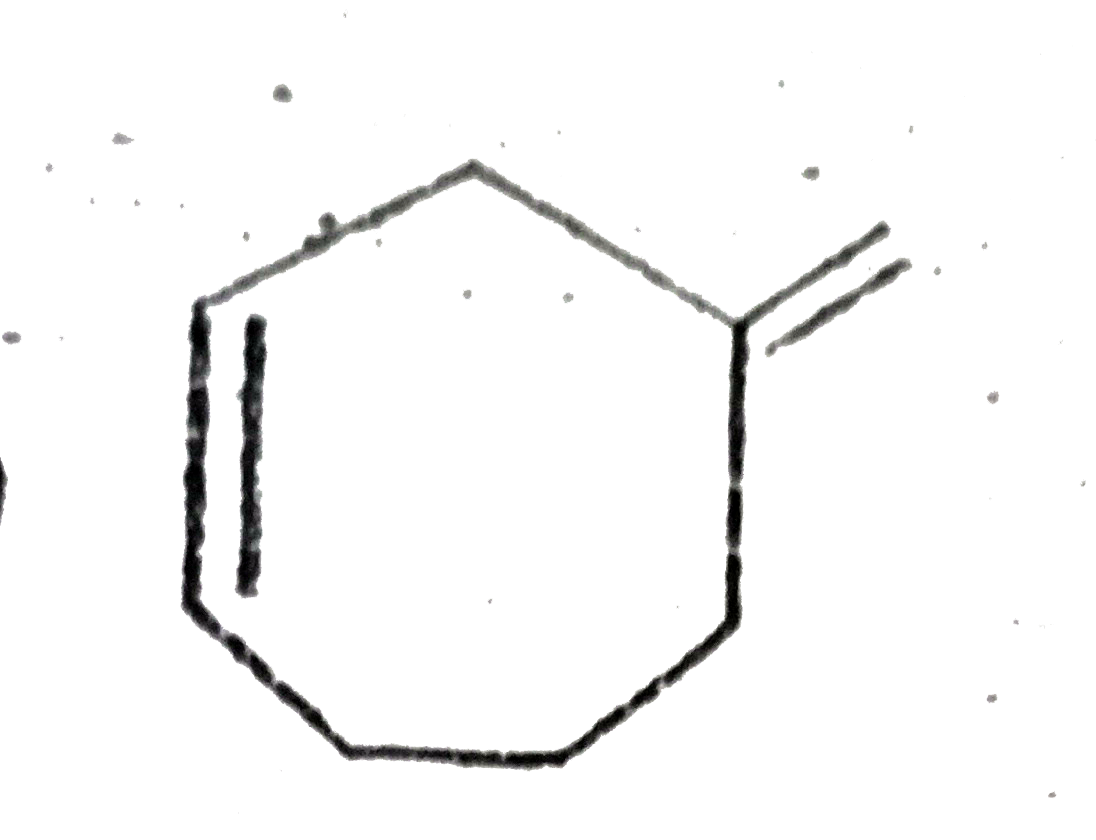
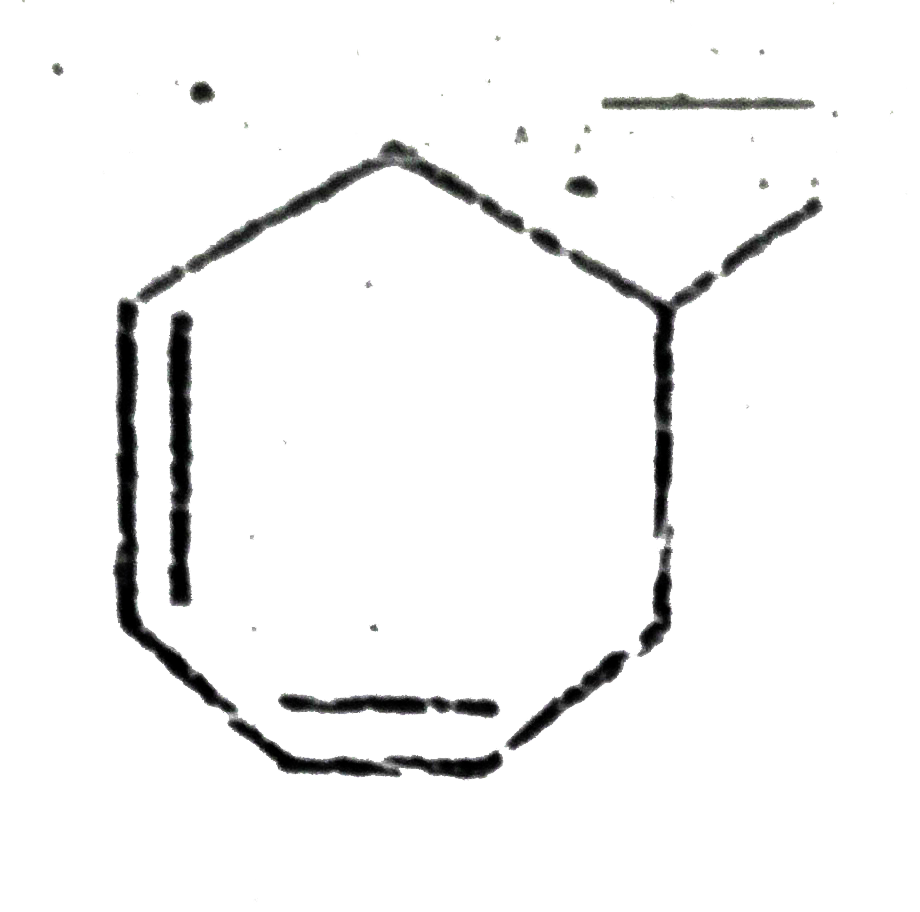
The correct Answer is:C
Step by step video, text & image solution for Hyperconjugation is defined as No bond resonance. The concept of hyperconjugation arose from the discovery of electron releasing pattern for alkyl groups. It involves sigma electrons of C-H bond. Greater the number of C-H bond (alpha-hydrogen atom w.r.t. double bond) more will be hyperconjugative structures, more will be stability Heat of hydrogenation of alkene are affected by hyperconjugative effects. Which of the following has highest heat of hydrogenation? by Chemistry experts to help you in doubts & scoring excellent marks in Class 12 exams.
Updated on:21/07/2023Topper's Solved these Questions
- ORGANIC CHEMISTRY: SOME BASIC PRINCIPLE AND TECHNIQUESBOOK - AAKASH INSTITUTECHAPTER - ORGANIC CHEMISTRY: SOME BASIC PRINCIPLE AND TECHNIQUESEXERCISE - SECTION-E ASSERTION-REASON TYPE QUESTIONS
13 Videos
- ORGANIC CHEMISTRY: SOME BASIC PRINCIPLE AND TECHNIQUESBOOK - AAKASH INSTITUTECHAPTER - ORGANIC CHEMISTRY: SOME BASIC PRINCIPLE AND TECHNIQUESEXERCISE - SECTION-G INTEGER ANSWER TYPE QUESTIONS
8 Videos
- ORGANIC CHEMISTRY: SOME BASIC PRINCIPLE AND TECHNIQUESBOOK - AAKASH INSTITUTECHAPTER - ORGANIC CHEMISTRY: SOME BASIC PRINCIPLE AND TECHNIQUESEXERCISE - SECTION-C OBJECTIVE TYPE QUESTION (MORE THAN ONE OPTIONS ARE CORRECT)
18 Videos
- ORGANIC CHEMISTRY : SOME BASIC PRINCIPLES AND TECHNIQUES BOOK - AAKASH INSTITUTECHAPTER - ORGANIC CHEMISTRY : SOME BASIC PRINCIPLES AND TECHNIQUES EXERCISE - Assignment(Section-D)(Assertion - Reason Type Questions)
12 Videos
- POLYMERSBOOK - AAKASH INSTITUTECHAPTER - POLYMERSEXERCISE - ASSIGNMENT (SECTION-D)
13 Videos
Similar Questions
Hyperconjugation describes the orbital interactions between the π-system and the adjacent σ-bond of the substituent group(s) in organic compounds. Hyperconjugation is called as Baker and Nathan effect. The necessary and sufficient conditions for the hyperconjugation are:
(i) Compound should have at least one sp2-hybrid carbon of either alkene, carbocation or alkyl free radical.
(ii) α-carbon with respect to sp2 -hybrid carbon should have at least one hydrogen.
Hyperconjugation are of three types:
(i) σ(C−H),π-conjugation,
(ii) σ(C−H), positive charge conjugation,
(iii) σ(C−H), odd electron conjugation.
The hyperconjugation may be represented as,


Number of resonating structures due to hyperconjugation =(n+1), where n is the numebr of α-hydrogen. Greater is the number of such forms, more is the stability of the species under consideration.
Which of the following carbocations will show highest number of hyperconjugative forms?
View SolutionHyperconjugation describes the orbital interactions between the π-system and the adjacent σ-bond of the substituent group(s) in organic compounds. Hyperconjugation is called as Baker and Nathan effect. The necessary and sufficient conditions for the hyperconjugation are:
(i) Compound should have at least one sp2-hybrid carbon of either alkene, carbocation or alkyl free radical.
(ii) α-carbon with respect to sp2 -hybrid carbon should have at least one hydrogen.
Hyperconjugation are of three types:
(i) σ(C−H),π-conjugation,
(ii) σ(C−H), positive charge conjugation,
(iii) σ(C−H), odd electron conjugation.
The hyperconjugation may be represented as,


Number of resonating structures due to hyperconjugation =(n+1), where n is the numebr of α-hydrogen. Greater is the number of such forms, more is the stability of the species under consideration.
Which of the following free redicals will not show the phenomena of hyperconjugation?
View Solution
Knowledge Check
Hyperconjugation is defined as No bond resonance. The concept of hyperconjugation arose from the discovery of electron releasing pattern for alkyl groups. It involves σ electrons of C-H bond. Greater the number of C-H bond (α-hydrogen atom w.r.t. double bond) more will be hyperconjugative structures, more will be stability Heat of hydrogenation of alkene are affected by hyperconjugative effects.
Which of the following is incorrect hyperconjugative structure?A B
B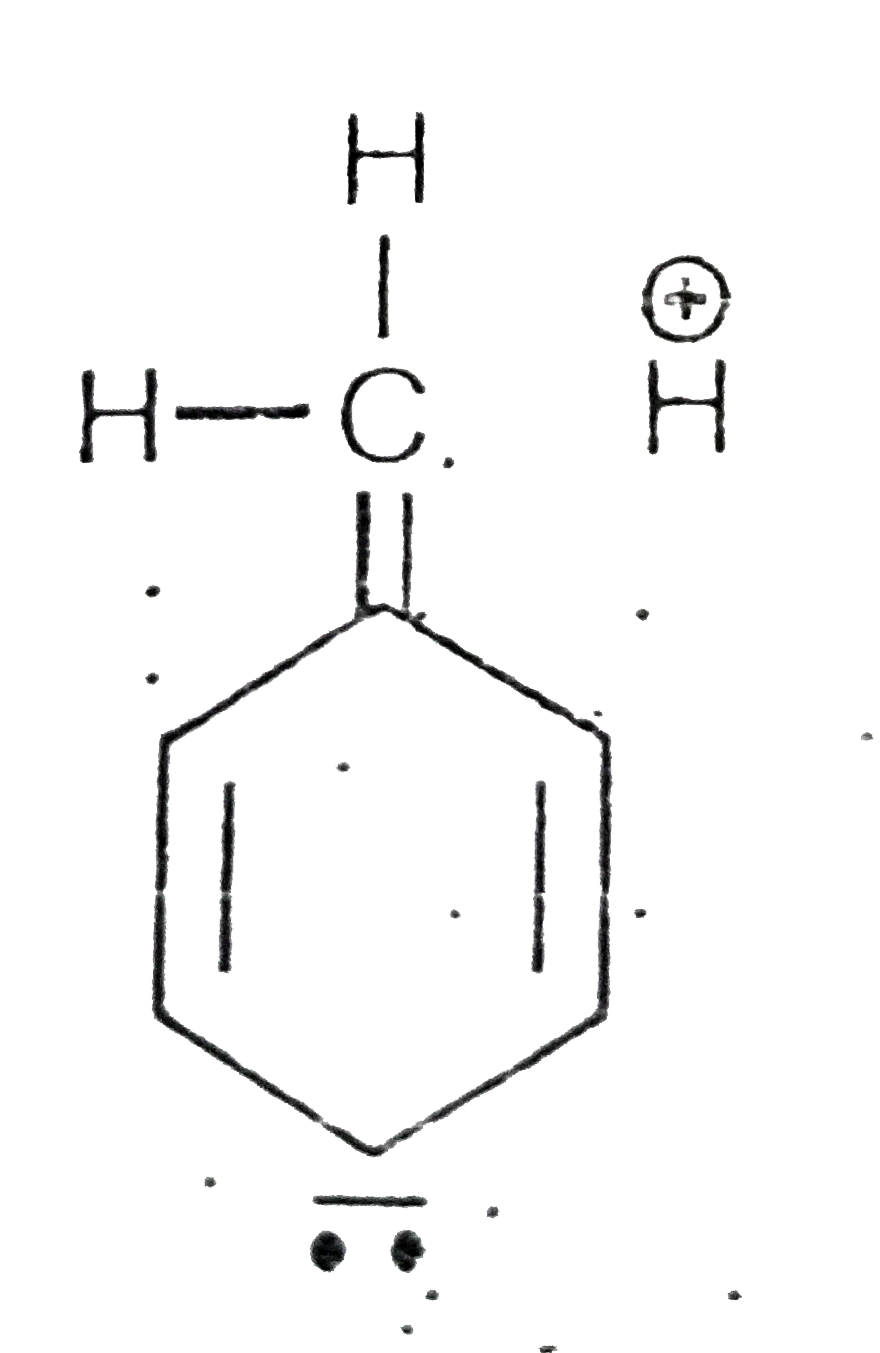 C
C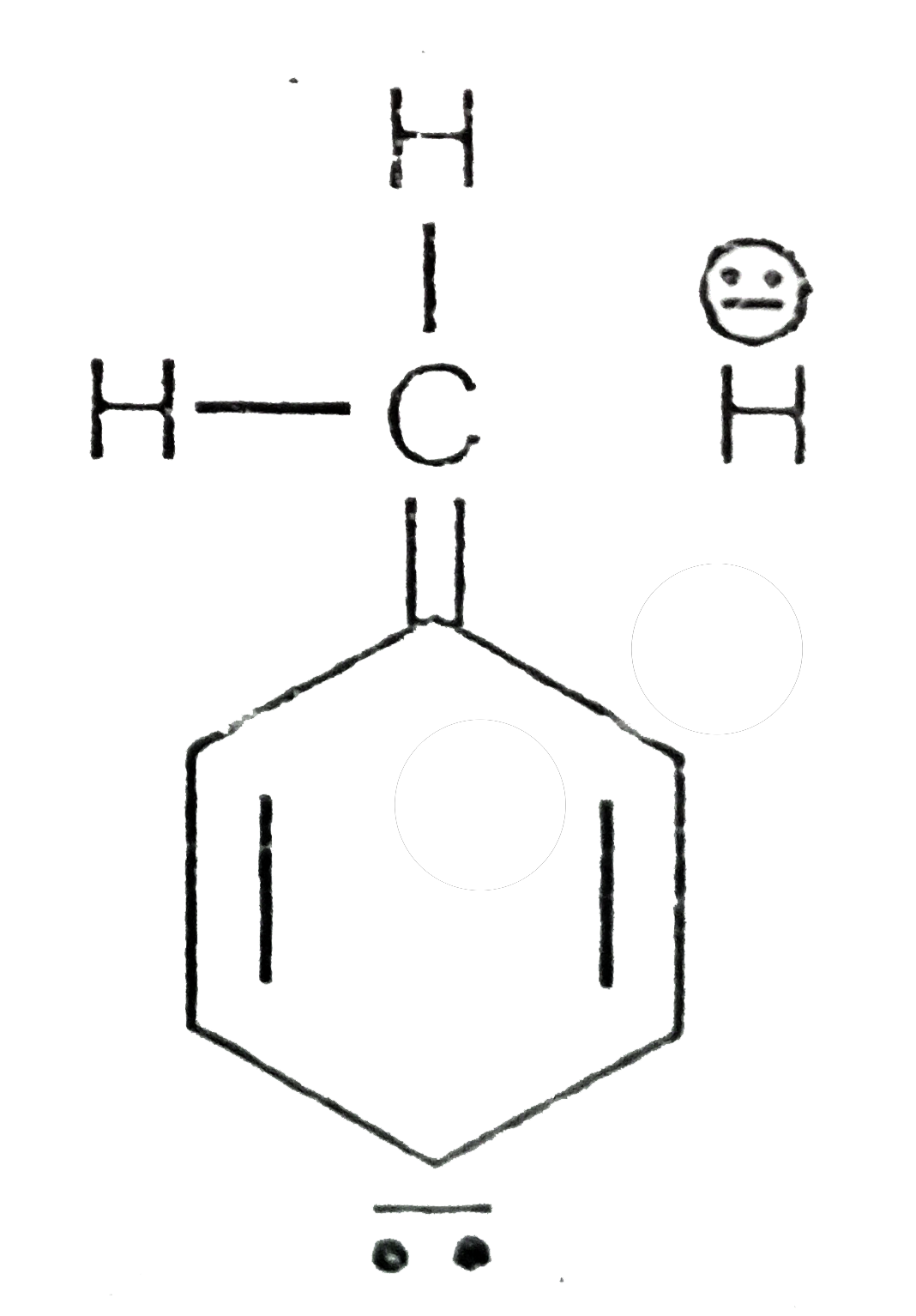 D
D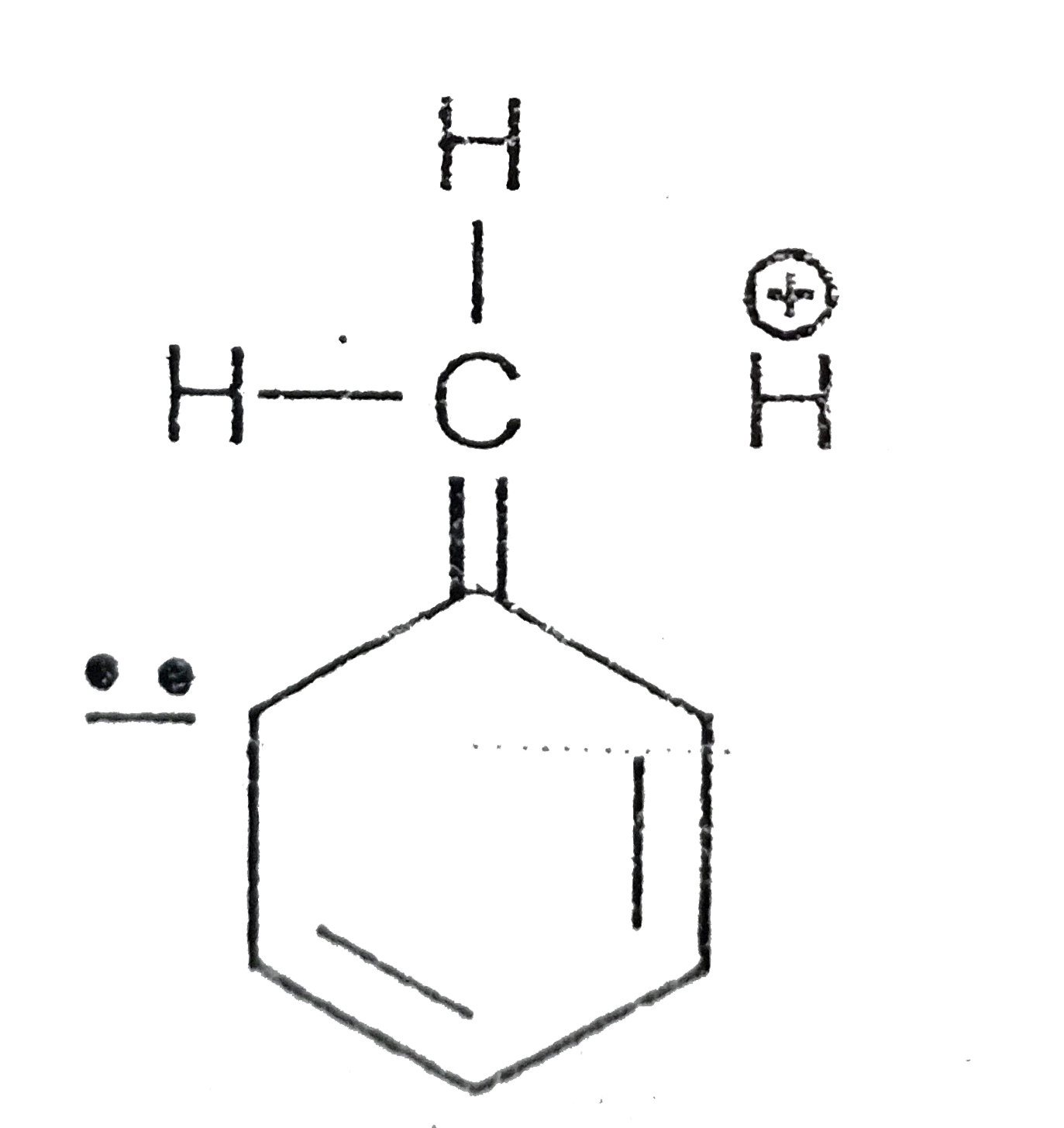
Hydrogenation of unsaturated hydrocarbons is an exothermic reaction. Due to hyperconjugation and resonance the stability of unsaturated hydrocarbons increases and the increase in stability is more due to resonance. Compound with same number of π−bonds and more stability has lower heat of hydrogenation.
Heat of formation is defined as the energy evolved when a molecule is formed from its atoms. For isomers the more stable compounds has higher heat of formation.
The order of heat of formation of the following molecules is :
 AI>II>III>IVBII>III>IV>ICIV>II>III>IDIV>III>II>I
AI>II>III>IVBII>III>IV>ICIV>II>III>IDIV>III>II>IHydrogenation of unsaturated hydrocarbons is an exothermic reaction. Due to hyperconjugation and resonance the stability of unsaturated hydrocarbons increases and the increase in stability is more due to resonance. Compound with same number of π−bonds and more stability has lower heat of hydrogenation.
Heat of formation is defined as the energy evolved when a molecule is formed from its atoms. For isomers the more stable compounds has higher heat of formation.
The correct heat of hydrogenation order is :
(p) 1,3-Pentadiene
(q) 1,3-Butadiene
(r) 2,3-Dimethyl-1,3-butadiene
(s) PropadieneAp > q > r > sBs > q > p > rCq > s > p > rDs > p > q > r
Hyperconjugation describes the orbital interactions between the π-system and the adjacent σ-bond of the substituent group(s) in organic compounds. Hyperconjugation is called as Baker and Nathan effect. The necessary and sufficient conditions for the hyperconjugation are:
(i) Compound should have at least one sp2-hybrid carbon of either alkene, carbocation or alkyl free radical.
(ii) α-carbon with respect to sp2 -hybrid carbon should have at least one hydrogen.
Hyperconjugation are of three types:
(i) σ(C−H),π-conjugation,
(ii) σ(C−H), positive charge conjugation,
(iii) σ(C−H), odd electron conjugation.
The hyperconjugation may be represented as,


Number of resonating structures due to hyperconjugation =(n+1), where n is the numebr of α-hydrogen. Greater is the number of such forms, more is the stability of the species under consideration.
Which of the following alkenes will show maximum number of hyperconjugation forms?
View SolutionHyperconjugation describes the orbital interactions between the π-system and the adjacent σ-bond of the substituent group(s) in organic compounds. Hyperconjugation is called as Baker and Nathan effect. The necessary and sufficient conditions for the hyperconjugation are:
(i) Compound should have at least one sp2-hybrid carbon of either alkene, carbocation or alkyl free radical.
(ii) α-carbon with respect to sp2 -hybrid carbon should have at least one hydrogen.
Hyperconjugation are of three types:
(i) σ(C−H),π-conjugation,
(ii) σ(C−H), positive charge conjugation,
(iii) σ(C−H), odd electron conjugation.
The hyperconjugation may be represented as,


Number of resonating structures due to hyperconjugation =(n+1), where n is the numebr of α-hydrogen. Greater is the number of such forms, more is the stability of the species under consideration.
Hyperconjugation is possible in which of the following species?
View SolutionThe total number of contributing structures showing hyperconjugation (involving C−H bonds) for the following carbocation is:
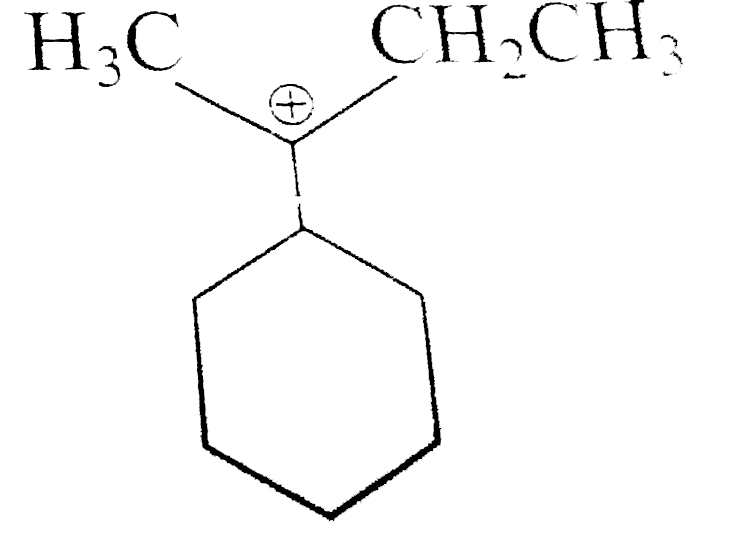
View SolutionThe total number of contributing structures showing hyperconjugation (involving C−H bonds) for the following carbocation is:

View SolutionThe electronic displacements in covalent bonds may occur either in the ground state under the influence of an atom or a substituent group or in presence of an appropriate attacking reagent. As a result of these electron displacements, centres of different electron densities are created and these centres are susceptible to attack by the reagents. These electron displacements occur through inductive electromeric, resonance and hyperconjugation effects. Whereas inductive effect involves displacement of sigam-electrons towards the substituent, resonance effect involves delocalization of π−electrons transmitted through the chain and both are permanent effect. Electromeric effect is the complete transfer of a shared pair of π- electrons to one of the atoms joined by a multiple bond on the demand of an attacking reagent. Hyperconjugation effects on the other hand involve delocalization of σ-electrons of C−H bond of an alkyl group directly attached to an atom of unsaturated system (i.e., σ−π-conjugation). Both inductive and hyperconjugation effects can be used to explain the stability of carbocations and free radicals which follow the stability order : 3∘>2∘>1∘. The stability or carbanions, however, follows the reverse order.
An organic reaction occurs through making and breaking of bonds. The breaking of a covalent bond may occur either homolytic leading to the formation of free radicals or heterolytic forming positively (carbocations) or negatively (carbanions) charged species. Most of the attacking reagents carry either a positive or a negative charge. The positively charged species with electron deficient centre or neutral species (free radicals, carbenes, nitrene) are collectively called electrophiles, while negatively charged species with electron rich centre or neutral species (like water, alcohol, ammonia, etc.) are called nucleophiles.
Consider the following alkenes and what is correct decreasing order of stability?
CH3CH2CH=CH2But-1-ene(I), (CH3)2C=(CH3)22,3-Dimethylbut-2-ene(II),(CH3)2C=CHCH32-Methylbut-2-ene(III), (CH3)2C=CH32-Methylpropene(IV)
View Solution
